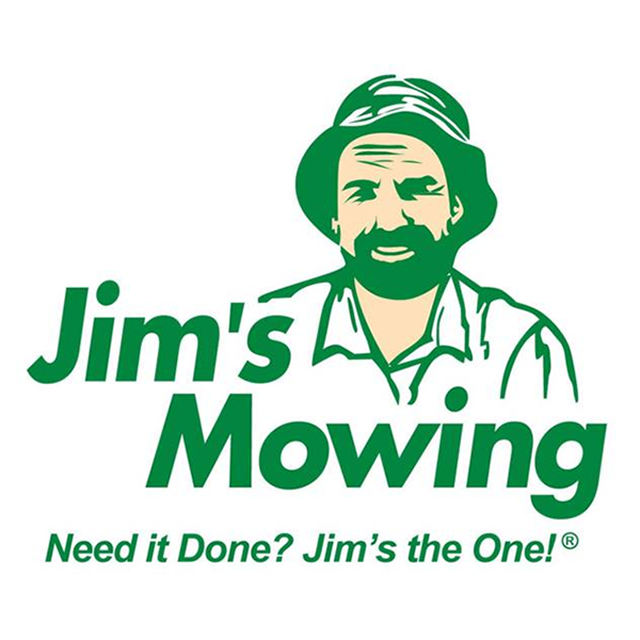The most romantic bloom needs a spot in every garden. New rose plants are being stocked at garden centres in time for the winter bloom. Regardless of whether you want them to run the show, or keep them for picking, there is always place in the garden for roses.
Using Space to Grow More Roses
Layer
Typical roses provide instant accent and height. Unlike trees, they don’t continue to grow. They can be planted underneath with low growing herbs, flowers and even vegetables.
Border Blending
Roses don’t require their own formal space. You can combine them with other plants in a mixed planting space.
Vertical Growth
Every sunny fence, pergola, post or wall provides an opportunity to grow roses. Roses can even grow up trees. Train a climbing rose or tall shrub up a post or build your own rose obelisk. When winter comes, the obelisk becomes a garden feature itself, providing vertical accent without taking up too much garden space.
Container Roses
Various types of roses are specifically bred for pots and tubs. Typically known as patio roses, these styles are compact and repeat flowing with a great abundance of bloom the belies their size. Roses grown in containers require regular watering and feeding. The bigger the pot, the less likely it is too loose food or water too quickly.
Prioritise
With the endless amounts of roses species to choose from an new varieties cropping up every year, there is simply not the space for every style in the one garden. Saying goodbye to struggling crop can really free up the space for a winter bloom. You have to be selective when it comes to roses and choose the plant varieties that are most suitable for your needs. Roses that are disease resistant minimise the need for spraying. Certain rose varieties produce more flowers and can flower for longer than other varieties. Some are even more potent in perfume than others.
Tip: when replacing a weak or sick rose, remove a wheelbarrow load of soil and replace it with fresh soil from a different section of the garden and mix it with compost.
The Basics of Rose Growing
You are ready to plant, prune and take precautionary measures against diseases and pests. Paying close attention to roses throughout winter can thoroughly improve their performance come summer and spring.
Where to Plant
Roses thrive with plenty of sun. They require an amount of air movement to minimise disease and pests. The optimal soil for roses contains plenty of nutrients and moisture, this means a clay-based soil is best. Soil that is too heavy (clay) or too light (sandy) can be enhanced with compost.
Planting
Many roses sold in the winter months are called ‘bare-root’ roses. This means they have been grown in an open garden and dug up in time for winter planting. The roots are then planted in pots or wrapped with protective packing once they get to the garden centre.
When you plant bare-root roses in the winter, ensure that you remove the wrapping as well as any packaging materials around the roots. Soak the roots in water at least an hour before planting. When planting pot roses in spring ensure that you carefully remove the container, leaving the new root growth as in tact as physically possible.
Dig a decent planting hole that is big enough to fit roots without forcing them in. Add sheep pellets or controlled-release rose fertiliser to the hole. Place the plant in the hole that the roots grow downwards and the bud union or crown sits about ground level. Fill the hole with soil before treading firmly. Water the plant thoroughly.
Pruning
July is the best time to prune most rose bushes, but wait until the weather is coldest. Use a sharp, clean pair of secateurs and remove any decaying or dead wood first. Remove old unnecessary wood, branches crossing over the other or crowding the middle of the bush. Mae cuts about 5mm above a bud that is slanting away from the bud. The new growth will sprout here in the spring. Remember this when selecting your rose buds.

Recent Comments